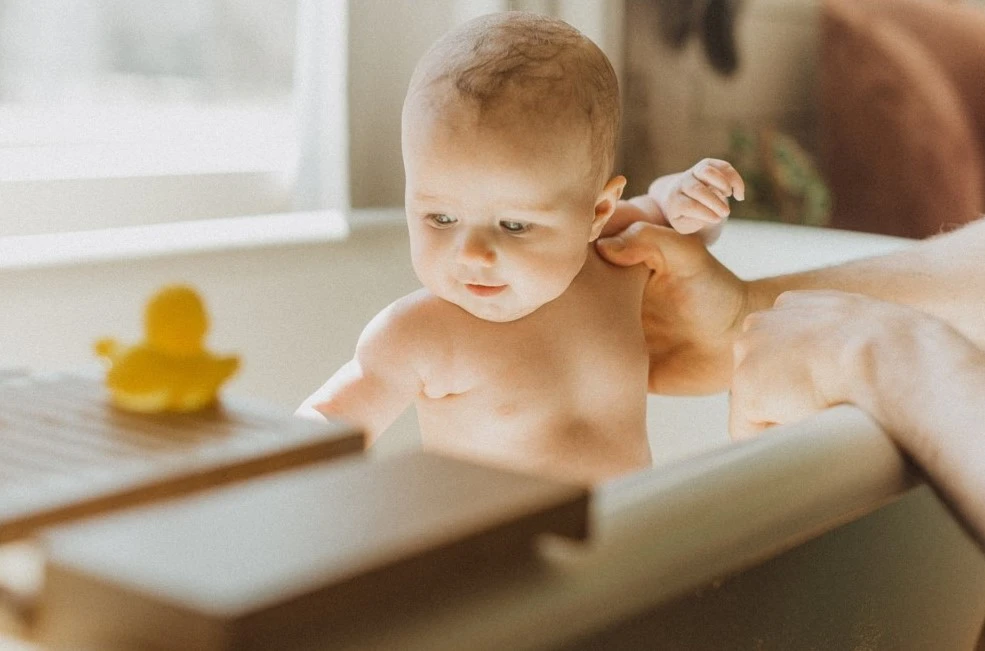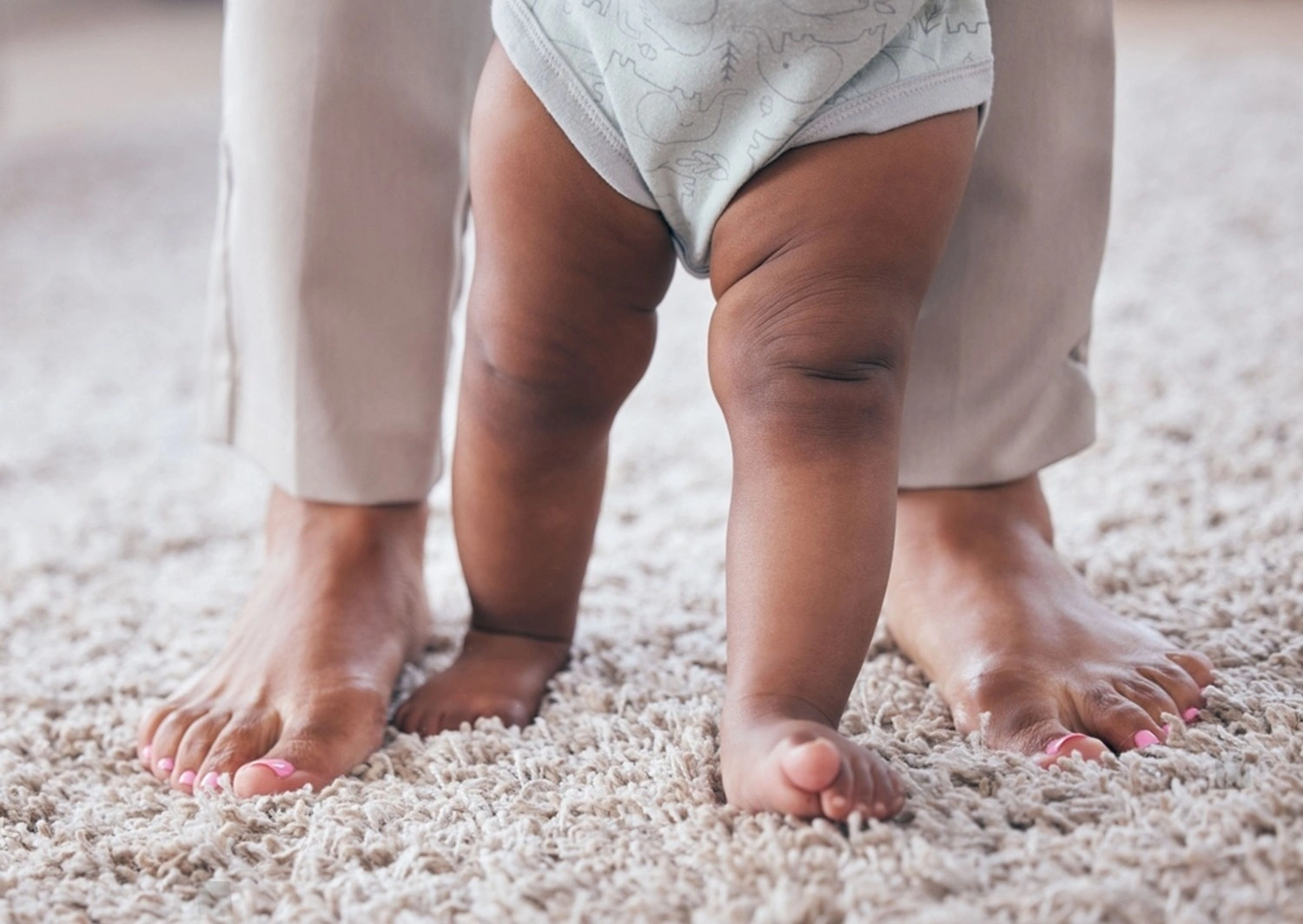Tips for Bathing Babies

A newborn brings great joy and happiness to the family, accompanied by several responsibilities. One of the most critical aspects of child care is bathing, which can be both pleasant and cautionary.
Bathing not only provides hygiene but also helps to unwind and establish close ties for both babies and new parents.
It is essential to approach this matter with caution and relevant knowledge. In this blog, you will find advice that will help you make your child's bath time safe, pleasant, and useful for both parties.
Time and frequency
The rate of bathing of newborns varies according to individual preferences. However, according to a general recommendation, it is permissible to bathe babies 2-3 times a week during the first year of live. Daily baths are unnecessary because the baby's tender skin can be dried.
Collecting things in advance
Before bathing the baby, collect all bathroom accessories the in one space: baby fluffy towel, clean clothes, cream, comb, etc. Preparing everything in advance is required to avoid wasting time looking for things and ensure the child does not catch a cold.
Water temperature
Maintaining the correct water temperature is essential for the child's comfort and safety. Try to keep the water at about 37°-37,8° C, which you can use a special bath thermometer to control.
Bathing process
While bathing, pay the most attention to the newborn's neck and hold it firmly because it is still a weak body part. In the first months of live, it is not recommended to put toys in water. The child should have enough space, and nothing should interfere.
Drying stage
After bathing, carefully pull the baby out of the water, wrap it in a soft towel, and gently dry the skin. Pay special attention to the places where there are folds to avoid irritating the baby's skin. When you are sure that the baby is dehydrated, put on clean clothes and hug it to adjust its body temperature.
Each child is unique; what fits one may not work for the other. While bathing, pay attention to your child's cues, facial expressions, and needs.


